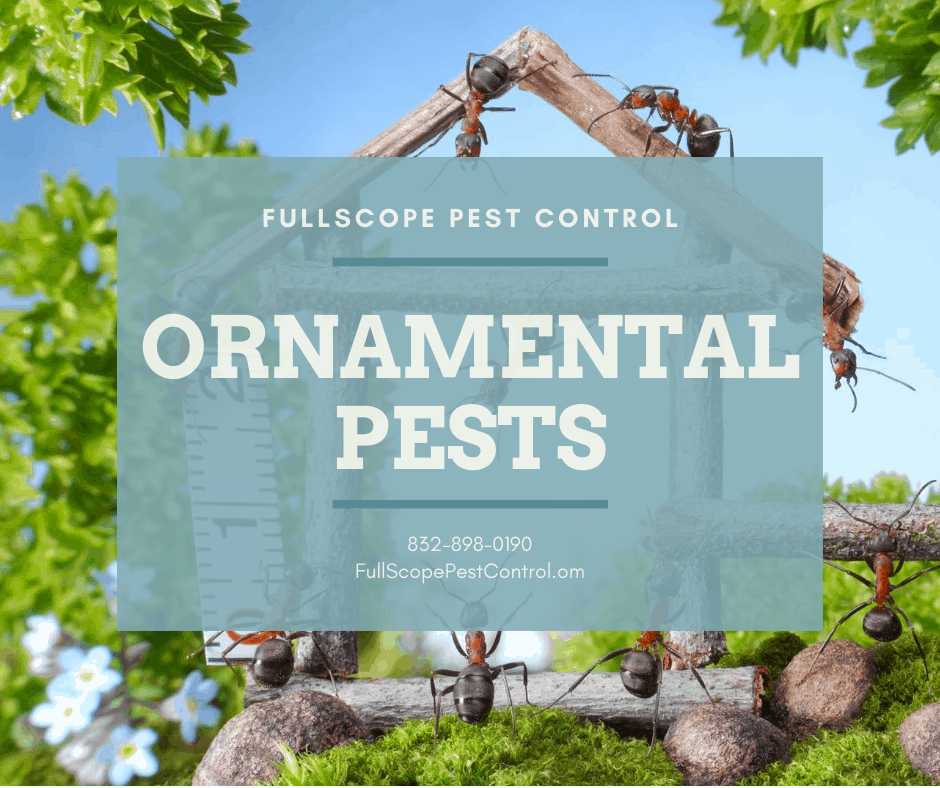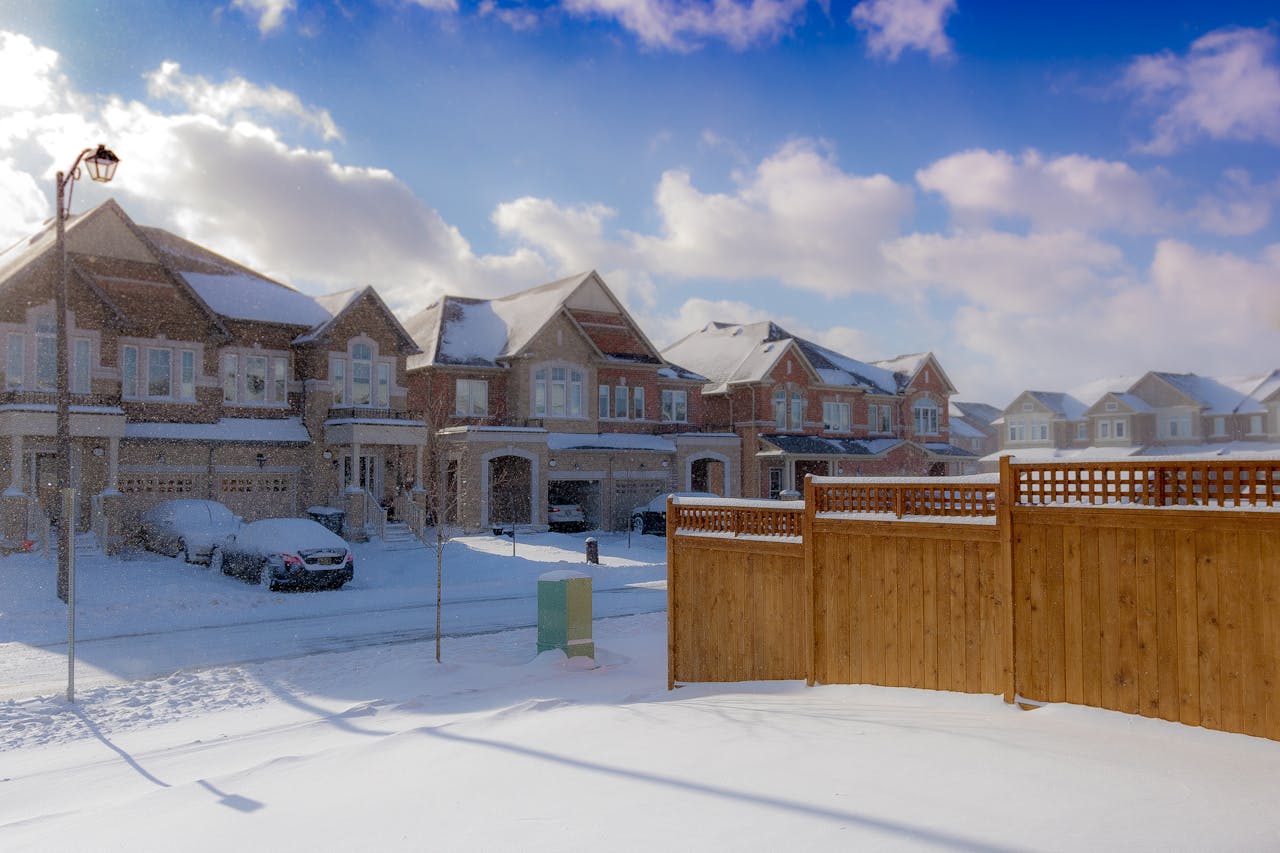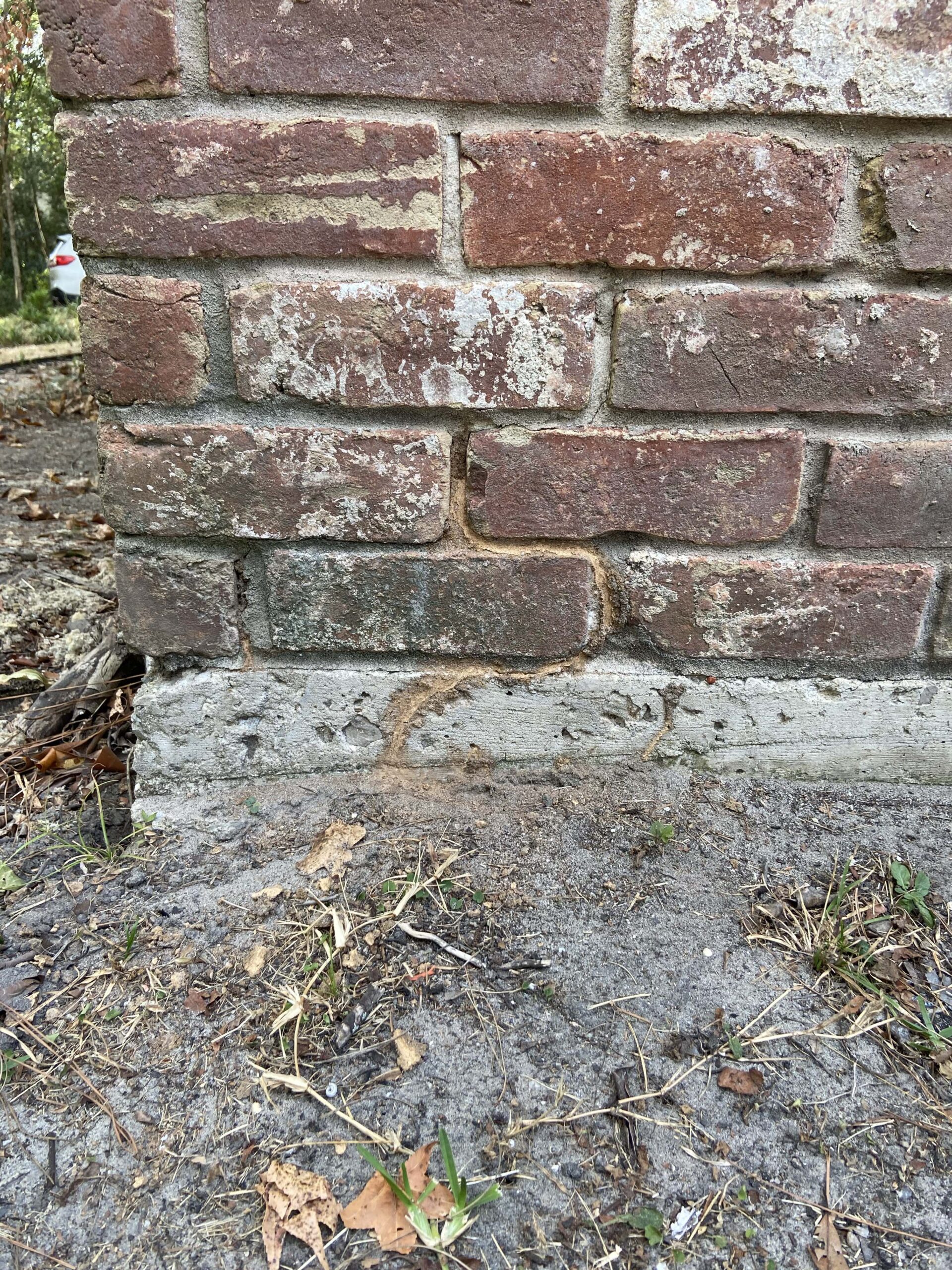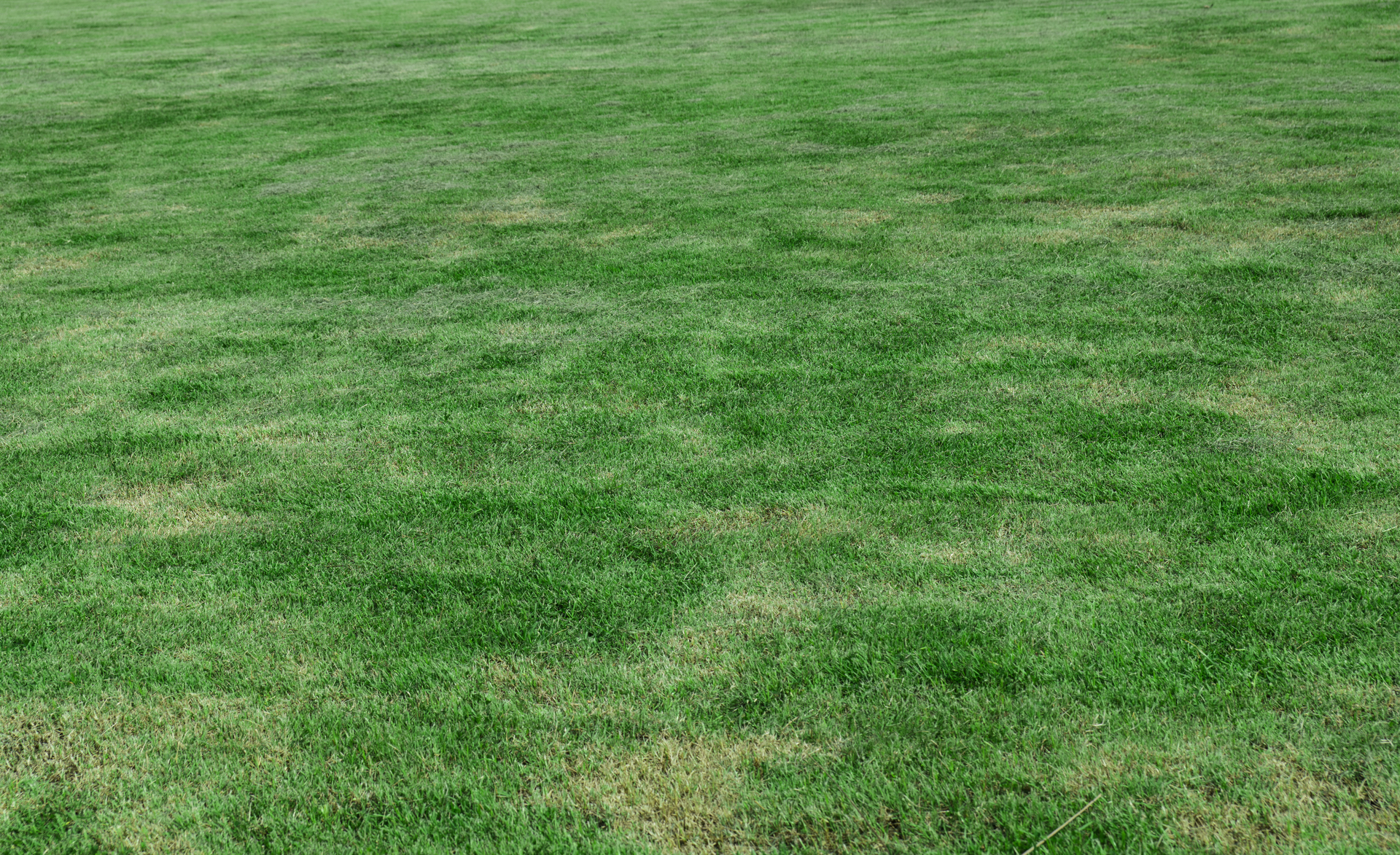What are ornamental pests? Ornamental pests are those that feed on ornamental plants (those that are grown for aesthetic reasons). Insects and mites that feed on these plants, landscape trees, and other woody ornamentals can take away from the beauty that you worked so hard to bring to your Porter yard.
In serious cases, these plants can be become weak and sick or even be killed. Other times, ornamental pest damage just takes away from the plants’ appearance. When damaging pests are present, you can apply proper control measures to help mitigate damage, and still have very little impact on beneficial species, or on humans or pets. Always follow label directions for any pesticides you use.
Types of Ornamental Pests
There is are countless types of pests swarming to get at your ornamental plants: crawling, creeping, crawling, flying, and slithering show up uninvited to any landscaped area. Many of these insect pests insects can attack a wide variety of plants, so if you’re trying to strategize, focus on TYPES of pests, rather than on specific ones. Here are some basic types of ornamental insect pests you can focus on:
- Nuisance pests.Nuisance pests like wasps, yellow jackets, and Fire ants don’t damage plants, but they typically cause homeowners to call in professional pest control services. The best approach is to find the entry to their nest. After dark, pour a pesticide (i.e., several gallons) into the hole so the entire nest is soaked. Then back off quickly and turn off your flashlight! Wasp nests near gardens, doors, and underneath eaves can be sprayed thoroughly from a safe distance. Wasps that were away during spraying will come in contact with the residue and die when they return.
- Leaf chewers.Leaf chewing insects leave holes in leaves, or with jagged edges. These pests include grasshoppers, caterpillars, and beetles. If you have the time, you can always pick them off by hand and toss them into a nearby bucket of soapy water. If you decide to use a pesticide, organic/natural sprays are best for your garden.
- Sap suckers.Sap suckers include such pests as spider mites, aphids, white flies, Stink bugs, Azalea Lace bugs, and scales. They leave behind a blanched discoloration on the upper surface of the leaves. These pests frequently feed on maples, oaks, and tulip poplars where they can find plenty of sap. The “soaps and oils” approach to treatment will work well on the smaller pests, but for larger pests, like Stink bugs, you will need to use pesticide.
- Root feeders.Root feeders include grubs, and beetles (while still immature). They leave holes in areas that hug the ground’s surface (e.g. iris). Keeping plants healthy is the best way to keep bugs away. Relocating plants, such as iris, every few years and thinning out the beds is a good approach. If spraying, use an effective commercial ground drench.
- Borers.Borer pests leave holes in the stems of woody plants, like trees and shrubs. Certain beetles, moths, and caterpillars fall into the borer category, and they can leave very harmful damage to your plants, and even kill them. Borers tend to attack plants that are under stress, so do what you can to keep your plants healthy. Don’t water them during droughts, and careful not to damage them when pruning. Once borers are in your plant, there are no effective treatments.
Must Read:WATCH OUT FOR CARPENTER ANTS ATTACKING YOUR KINGWOOD HOME
Professional Services Can Save You Time, Money, and Stress





